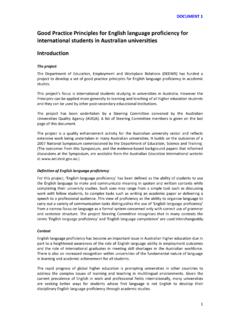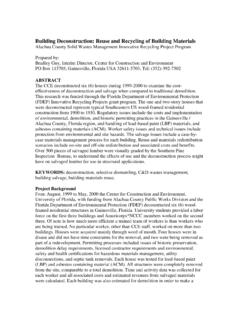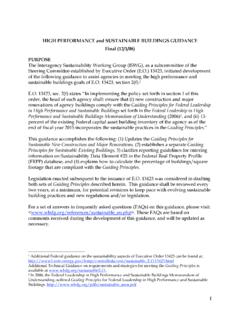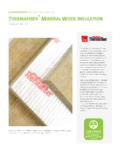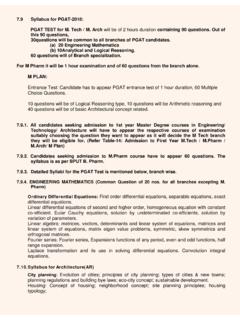Transcription of Designing Literacy Pedagogy: Scaffolding democracy in the ...
1 1 Designing Literacy Pedagogy: Scaffolding democracy in the classroomJ R Martin & David RoseIn press in J Webster, C Matthiessen & R Hasan (eds.)Continuing Discourse on Language. London:Continuum1. Learning how to meanContext is important not just for the texts we study but also for the research weundertake. And functional linguists who have played a part in Literacy oriented actionresearch projects in Australia have done so in the fortunate context of Halliday sground-breaking work on language development (1975, 1993, 2004), and its ongoingelaboration by various scholars, especially Painter ( 1984, 1989, 1996, 1998,1999, 2000, 20003a,b, 2004).
2 Painter 1986 in particular documents theunderstanding of language learning in the home which inspired Joan Rothery sdesign of Literacy pedagogy for primary and secondary school1 (Rothery 1989, 1996,Martin & Rothery 1990). From Halliday and Painter, Rothery took the notion of guidance through interaction in the context of shared experience , a principle whichturned out to resonate strongly with (but was not initially influenced by) neo-Vygotskyan notions of Scaffolding (Mercer 1994, 1995, 2000; for mediation acrossVygotskyan and SFL perspectives see Hasan 1995, 2001, 2004a,b).
3 Indeed,Applebee & Langer 1983 refer directly to Halliday s work in their influentialpopularisation of Bruner s term Scaffolding (originally coined in Wood et al. 1976);and Wells ( 1999) has further developed the connections between Halliday slinguistics and cultural historical activity theory (CHAT).In this paper we will briefly review the teaching/learning cycle developed by Rotheryand her colleagues, which focussed mainly on We will then describe howthis pedagogy has been extended and refined for teaching both reading and writingin work by David Rose and colleagues (Rose 2004a, in press, Rose et al 1999, Roseet al 2004).
4 This extension involves the re/design of both global and local patterns ofinteraction between teacher and students. Bernstein s work on pedagogic discoursein relation to social class functions for us, as it has for Halliday, as the most relevantinforming sociology for this work (Bernstein 1975, 1990, 1996).2. Genre-based Literacy teachingThe teaching/learning cycle, which evolved in the context of the DisadvantagedSchools Program in Sydney s Metropolitan East Region, has produced variousimagic representations; the version in Figure 1 comes from Rothery s 1994secondary school English materials.
5 It features three main phases of activity, namedDeconstruction, Joint Construction and Individual Construction. The Deconstructionphase foregrounds modelling, establishing one genre or another as the goal for thecycle as a whole; the Joint Construction phase involves scribing another example ofthe genre based on suggestions from students; and the Individual Construction stagehands over responsibility to students for writing a further text in the genre on their2own. As the model indicates, building field and setting context is critical to eachphase of the cycle, where these are interpreted as a range of activities through whichstudents build up content for the genre and learn more about the contexts in which itis deployed.
6 And the ultimate goal of the cycle is both control over and a criticalorientation to how authors construct the genre (Macken-Horarik 1998).Figure 1: Genre pedagogy cycleAs can be seen from even this brief overview, the model brings various aspects of guidance through interaction in the context of shared experience to the writingprocess. Shared experience is engendered by establishing clear generic goals, building field and setting context; interaction is built into teaching and learning, in thedesign of various field building activities and the Joint Construction phase inparticular.
7 And the teacher is regularly placed in an authoritative position as far asguidance is concerned whether modelling the genre, recontextualising spokenstudent discourse as writing when scribing or Scaffolding field building principled way in which the model positions teachers and learners can be furtherunpacked by drawing on Bernstein s well-known notions of classification and framing,where classification refers to the degree of boundary maintenance betweencontents and framing to the range of options available to teacher and taught in thecontrol of what is transmitted and received in the context of the pedagogicalrelationship (1975: 88-89).
8 For Bernstein (1975:119-120) weak classification andframing characterise what he calls an invisible pedagogy (such as that associatedwith progressive education); whereas strong classification and framing characterise avisible pedagogy3 (such as that associated with traditional education):An invisible pedagogy is created by:(1) implicit hierarchy;(2 ) implicit sequencing rules;(3) implicit underlying rule is: 'Things must be put together.'3A visible pedagogy is created by:(1) explicit hierarchy(2) explicit sequencing rules(3) explicit and specific underlying rule is: 'Things must be kept apart.
9 'Our aim was to develop a model which drew on the strengths of both thesepedagogic stances, shifting in emphasis from one phase or another of theteaching/learning cycle. The Deconstruction stage for example begins with weakclassification and framing as teachers facilitate activities which start where studentsare at, in order to open up the field and context of the genre; framing andclassification values strengthen when a model text is introduced, as the teacherauthoritatively makes visible the structure and purpose of the text (including as muchcritical deconstruction as deemed appropriate).
10 Joint Construction begins with weakclassification and framing as students open up a new field, researching andbrainstorming new ideas for the text, before strengthening these values as theteacher guides them while organising the material; when jointly constructing text, theframing values split according to field (in which the students have more control,proffering content) and genre (in which the teacher has more control as a literacyguide). Independent Construction again opens with weak classification and framingas students explore another field, and then weak framing but relatively strongclassification of the field and genre, as they write a text on their own; the final stagesof the cycle have always been designed to weaken this classification as students areencouraged to experiment creatively with the genre, or on the basis of deconstructingits politics to recontextualise it for alternative needs (see Martin 1998 for examples).

